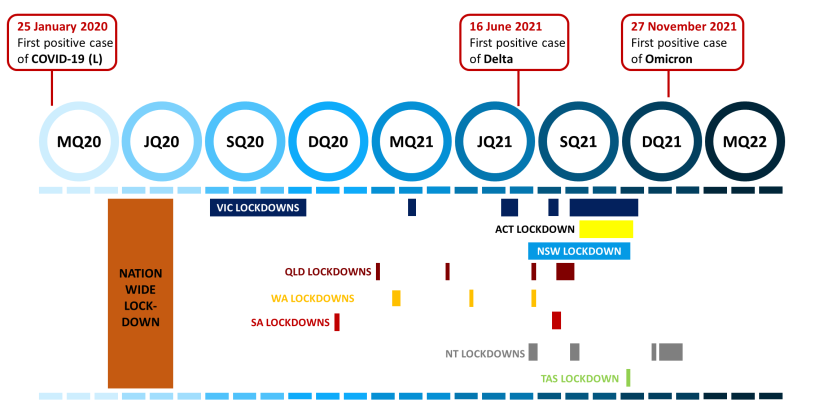Figure 3: HFCE by expenditure type, chain volume measures, seasonally adjusted, indexed to Dec-19 = 100.0
[["Dec-19","Mar-20","Jun-20","Sep-20","Dec-20","Mar-21","Jun-21","Sep-21","Dec-21","Mar-22"],[[100],[98.5],[86.599999999999994],[93.099999999999994],[97.400000000000006],[98.5],[99.599999999999994],[94.900000000000006],[100.90000000000001],[102.5]],[[100],[99.200000000000003],[99.5],[104.3],[109.7],[108.8],[109.09999999999999],[102.8],[113.5],[115.59999999999999]],[[100],[91.799999999999997],[45.700000000000003],[61],[73.5],[79.700000000000003],[82.599999999999994],[67.599999999999994],[81.599999999999994],[88]],[[100],[103.40000000000001],[95.900000000000006],[101.2],[101.40000000000001],[100.90000000000001],[102],[102.2],[103.5],[101.8]],[[100],[99.200000000000003],[95.299999999999997],[99.299999999999997],[101.09999999999999],[101.5],[102],[100.7],[103],[103.3]]]
[]
[{"axis_id":"0","tick_interval":"","axis_min":"","axis_max":"","axis_title":"","precision":-1,"axis_units":"","tooltip_units":"","table_units":"","data_unit_prefix":"","data_unit_suffix":"","reverse_axis":false}][{"value":"0","axis_id":"0","axis_title":"Index","axis_units":"","tooltip_units":"(index)","table_units":"(index)","axis_min":"0","axis_max":"120","tick_interval":"20","precision":"1","data_unit_prefix":"","data_unit_suffix":"","reverse_axis":false}]